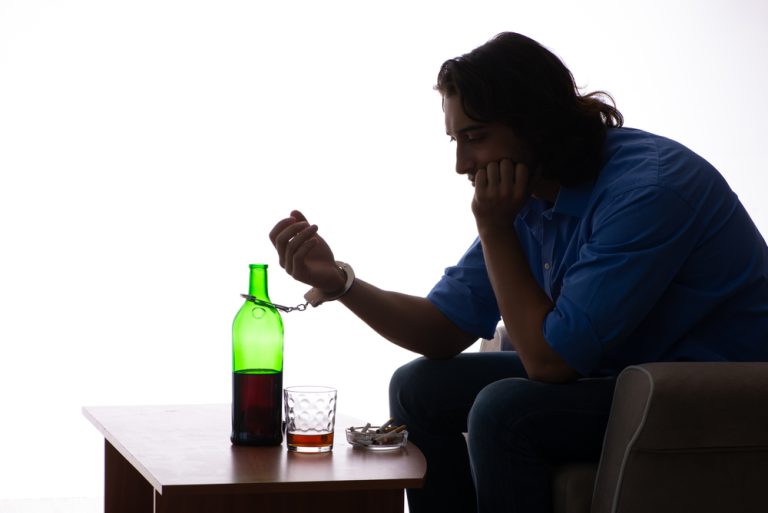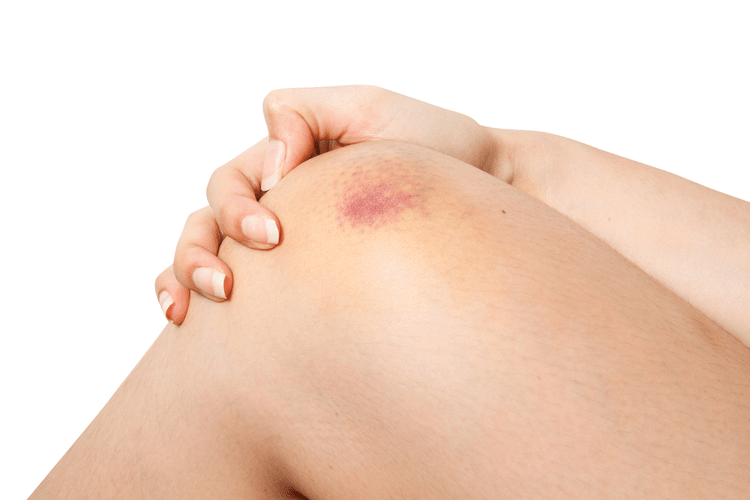Billy Idol is’California sober’ after years of substance abuse
Sober living houses are often used as a transitional step for people who have completed an inpatient treatment program and are not yet ready to return to everyday living. Living in a sober living house provides a structured, drug-free environment with house rules and guidelines to help residents sober house maintain their sobriety and develop life skills to support their recovery. Sober living houses typically have house managers who oversee daily operations and enforce house rules. This may involve attending outpatient therapy sessions or engaging with peer support group meetings.

Rules in Recovery Housing
- Each sober living home involves general house rules and guidelines for residents to follow.
- For the residents, the organization offers transportation from detox centers and crisis facilities, none of which is available in the county.
- These resources may be available in the form of a workshop, group discussion, or group activities.
- With this in mind, you’ll want to research the zoning laws of prospective properties.
There are also specific types of sober living homes that cater to your gender, age, and in some cases, profession. However, there will still be a couple of house rules that you have to abide by. For instance, the home might https://ecosoberhouse.com/ set curfews so that you are forced to be back at the facility at a particular hour. They may also require that you maintain regular employment or provide them with proof that you are looking for this type of employment.
What is Sober Living Homes? Understanding Recovery Support?
Some sober living homes are covered by private insurance, government funding or Medicaid. Some residents also pay for sober housing through scholarships, loans or credit cards. Depending on the city, neighborhood and services offered, rent can range from $300 to $2,000 per month. Some sober homes do not require residents to pay utility bills, but utilities may be rationed to avoid waste. The daily schedule at sober living homes is heavily influenced by the residents’ current stage of recovery. Some homes are highly structured, with strict schedules and consistent eating and meeting times.
May Day is Lei Day in Hawaii

Often the structure and routine of treatment programs help keep folks sober, and risking the loss of that when completing the program can be a threat to your recovery. Given these struggles, men-only homes usually focus on early treatment, mental health support, relapse prevention, and aftercare programs. While living in a halfway house, you will be expected to maintain your own responsibility and take care of yourself.
New Jersey Addiction Intervention
You’ll find these homes crucial if you’re in recovery, offering more than just a place to stay; they provide structure, support, and a community of peers who are also on their journey to sobriety. For individuals recovering from drug and alcohol addiction, a sober house may be a necessary step on the road to sobriety. Sober living homes, sometimes known as halfway homes or a sober house, are group homes for people who are recovering from addiction. Sober living homes generally have a set of rules and expectations to which each resident must adhere, and all residents are expected to contribute to the household in a variety of ways.
- Most homestays will cost between $500 to $1,200 monthly, with all services included.
- It developed four levels of support that can be used to characterize most sober living homes.
- “I mean, AA would say, ‘You’re always a drug addict.’ And that may be true, but I don’t do anything that much anymore.
- Sober living houses typically have house managers who oversee daily operations and enforce house rules.
Recovery Advocacy
- Sober living homes for the LGBTQ+ help them recover by focusing on self-acceptance, peer support, and mental health.
- Many offer services to assist residents in academic achievements as well as resources to deal with social situations, peer pressure, and sober entertainment.
- Smith and Clark recommend seeking out an SLH after completing clinical treatment to best practice the skills learned in the program alongside others in recovery.
- Moreover, sober living homes often connect residents with a variety of recovery resources.
- Halfway houses are often reserved for those who have completed a residential treatment program and require additional support and supervision as they transition back into the community.
How to Find Sober Living Near Me
Sober living home owner: Lincoln violated Fair Housing Act – Lincoln Journal Star
Sober living home owner: Lincoln violated Fair Housing Act.
Posted: Thu, 25 Apr 2024 07:00:00 GMT [source]



